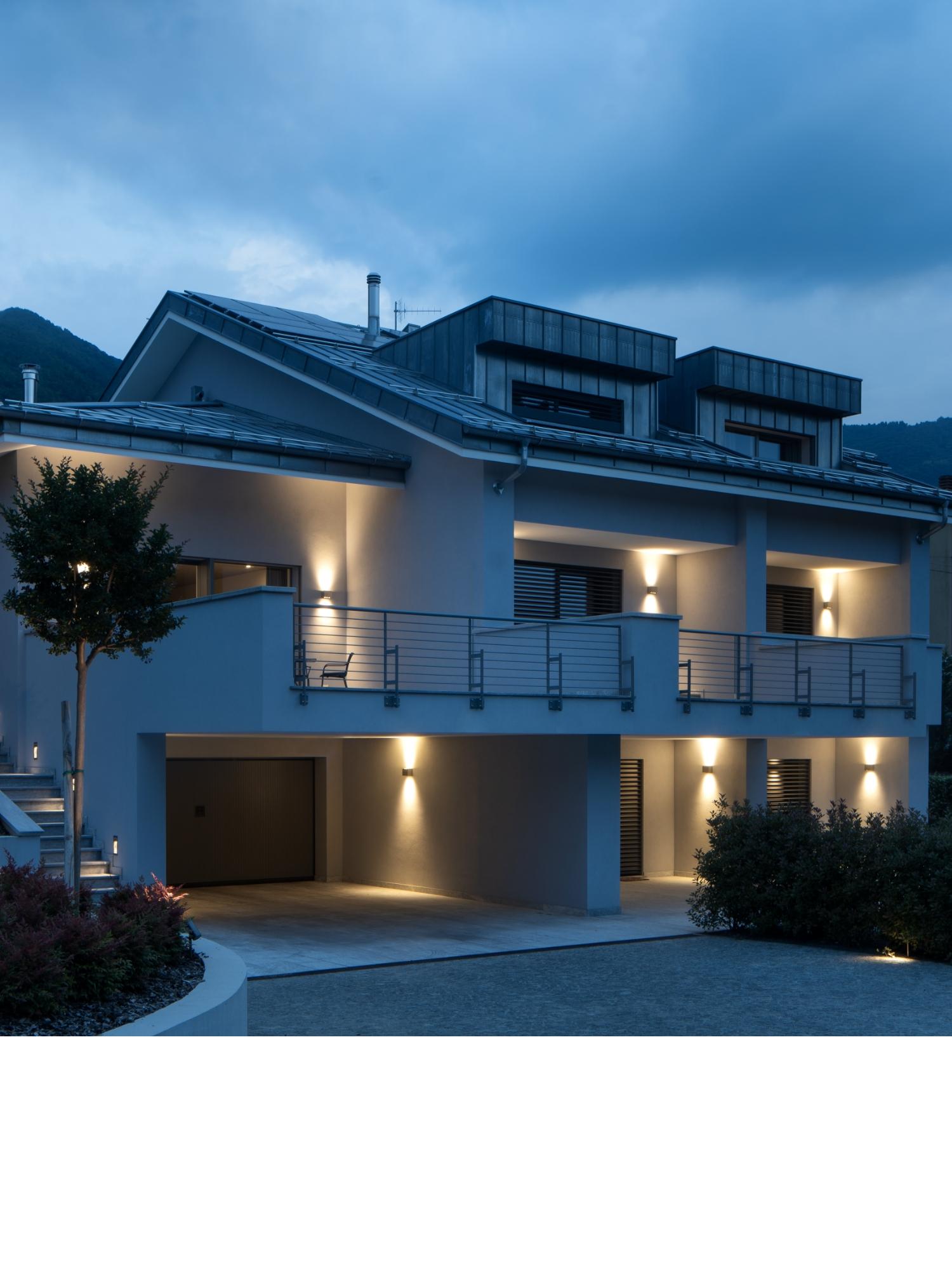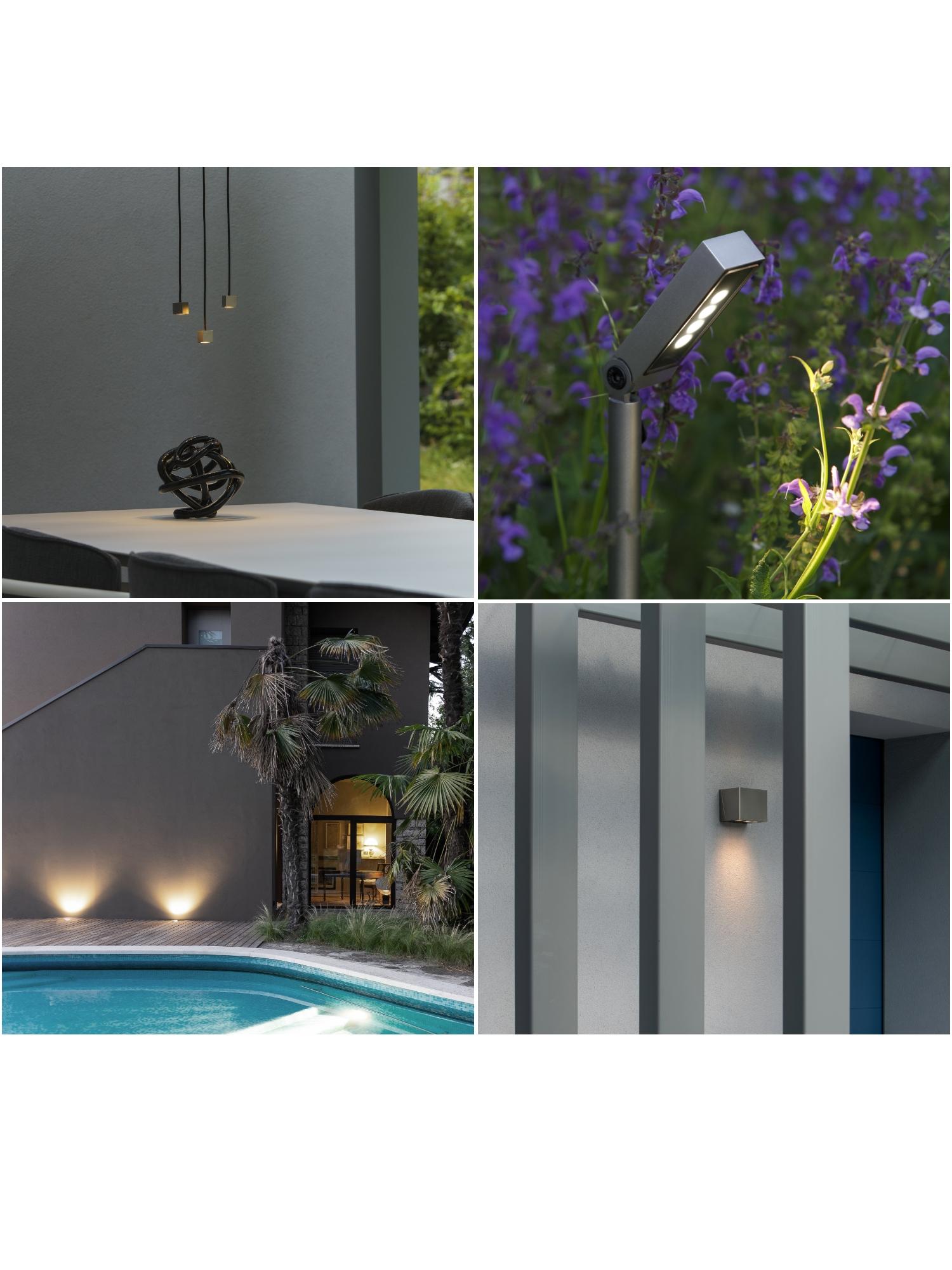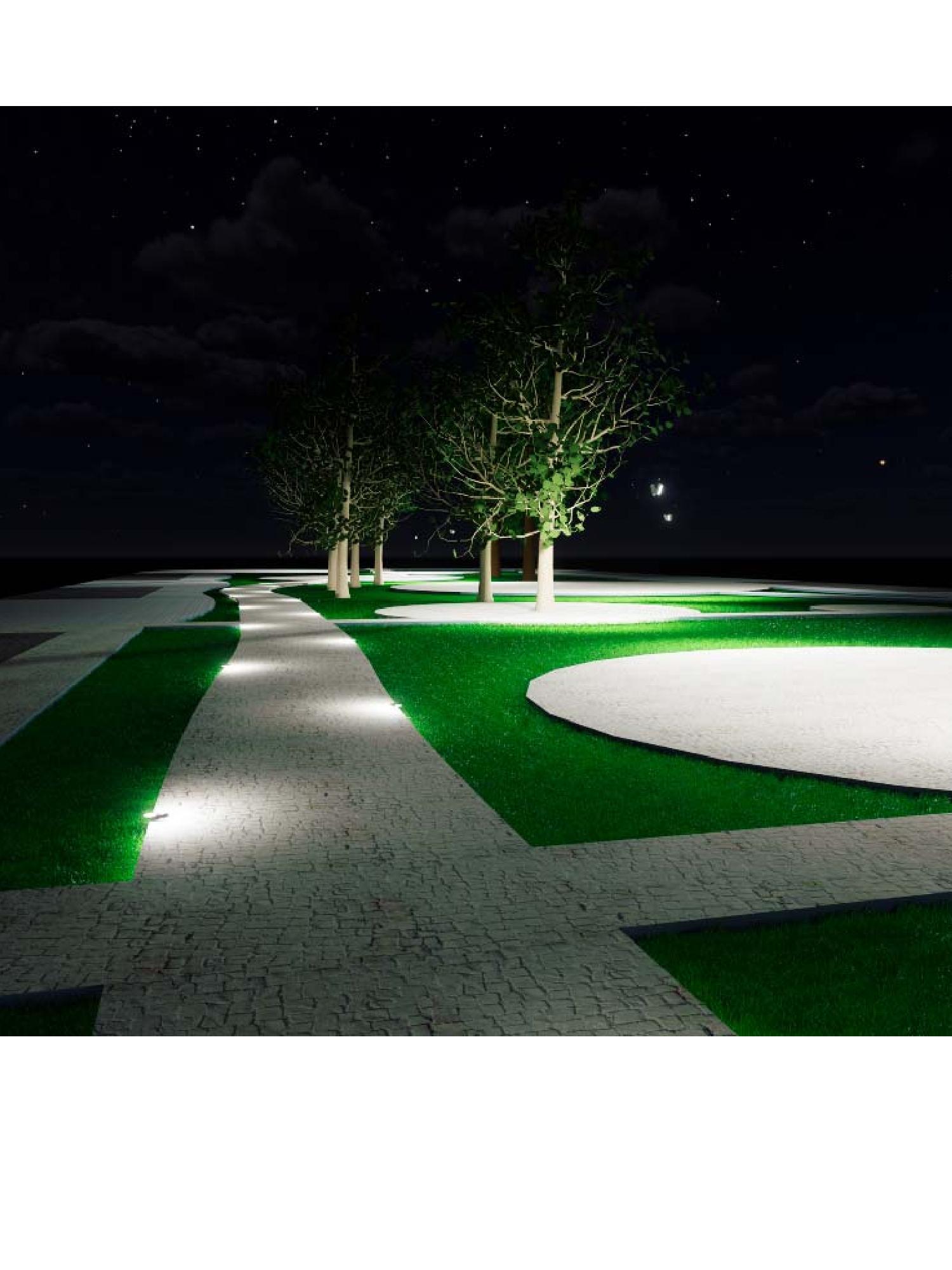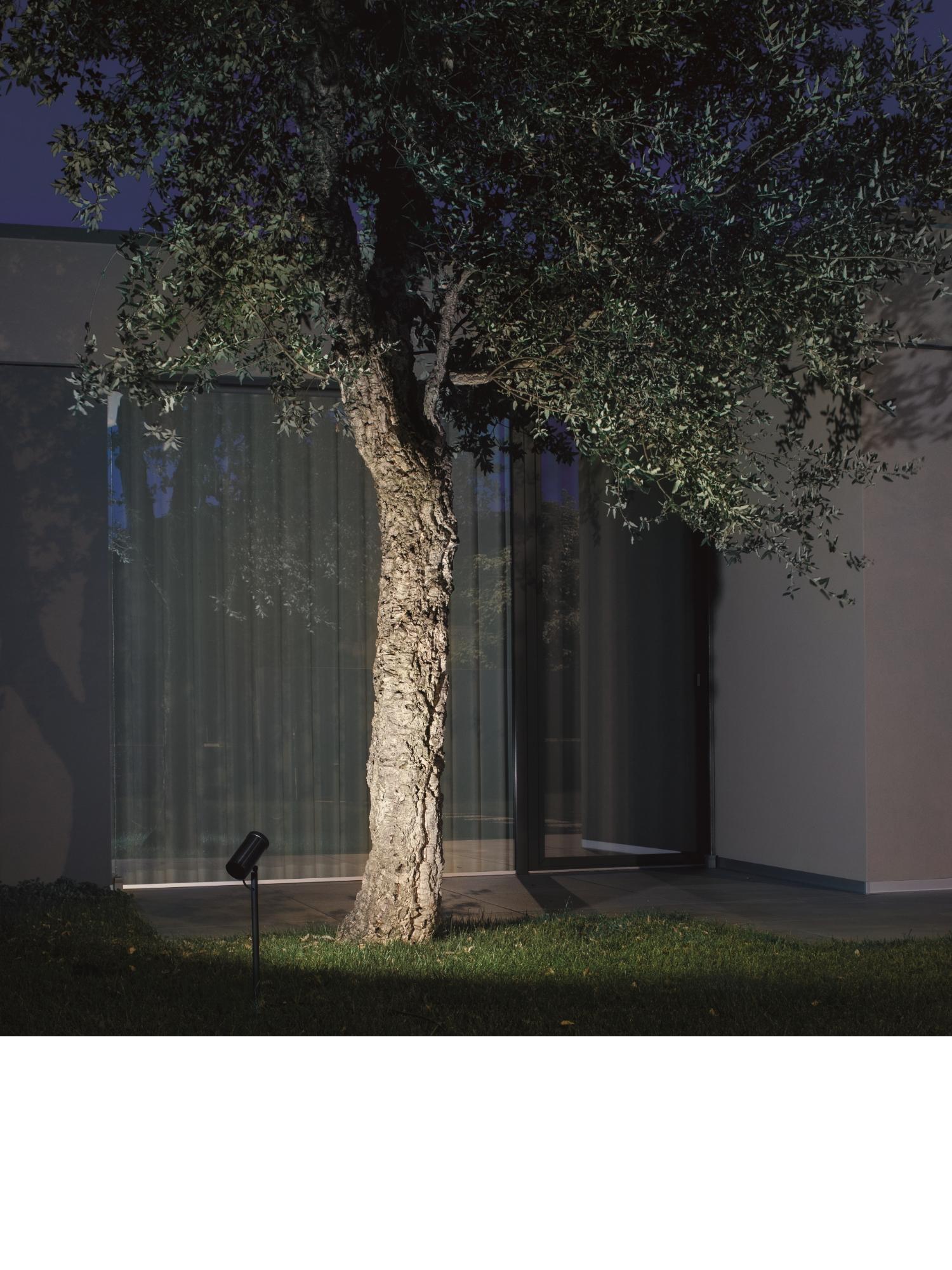Guide to outdoor lighting design:
context analysis and key factors
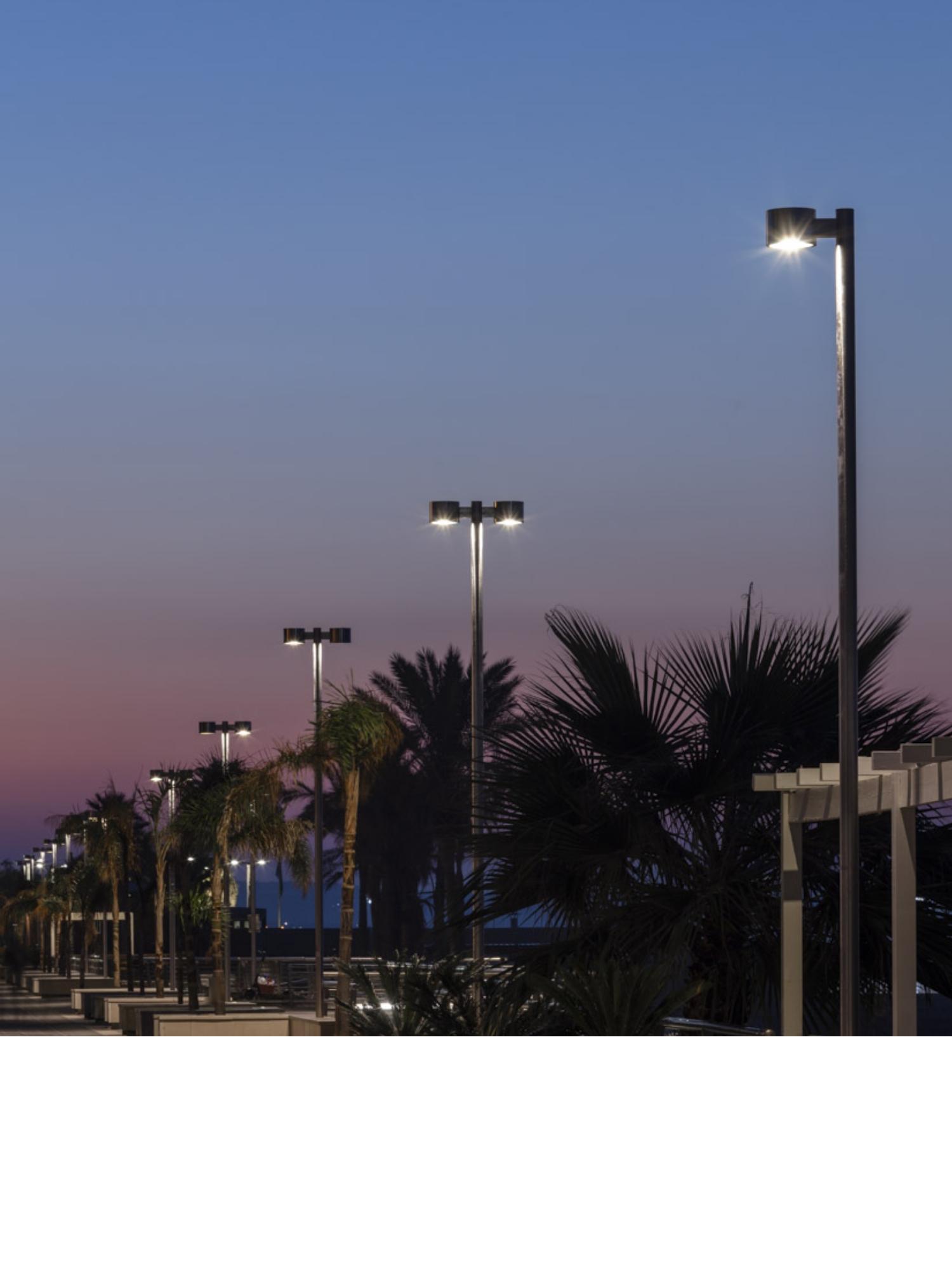
How to plan outdoor lighting correctly?
Light has a transforming power: it can enhance architecture, improve the use of outdoor spaces and increase comfort and safety. However, to achieve a harmonious, efficient and lasting result, it is essential to start the project from the right basis: an in-depth analysis of the context.
Every outdoor space is unique: exposure, functions, materials, technical constraints and architectural style strongly influence the lighting design.
